Building Resilience in Amazon Coast Communities
Along Brazil’s northern Amazon Coast, the world’s second-largest continuous mangrove forest acts as a natural coastal defense system. Stretching over 14,000 square kilometers, it sustains more than 3,200 marine species, including fish and crustaceans vital for food security and local economies—while shielding over 3.5 million people from storm surges and coastal erosion intensified by climate change.
This coastline, home to Brazil’s richest blue carbon ecosystems, is central to the country’s ambition under its Nationally Determined Contribution (NDC) and the 30×30 commitment to protect 30% of land and sea by 2030. Yet, realizing these national and global goals depends on the ability of local governments and traditional communities to plan, manage, and finance climate action where it matters most.
Rare catalyzes solutions and connects local actors—community leaders, municipal authorities, and research institutions—to co-manage mangrove ecosystems, design Climate Action Plans, and pilot innovative, behavior-centered approaches. Through this collaborative model, Rare advances locally led climate resilience, aligning conservation and development goals to protect globally significant ecosystems while improving well-being and governance across the Amazon Coast.
4 Initiatives for Frontline Communities
Sustainable Oyster Value Chains
Catalyzing Sustainable Oyster Value Chains
Association of Aquaculture Producers from Vila Lauro Sodré (Aquavila), Curuçá, Pará, Brazil.
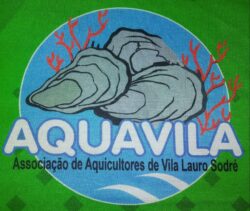
Along Brazil’s Amazon Coast, the Association of Aquaculture Producers from Vila Lauro Sodré (Aquavila) embodies a living model of blue bioeconomy rooted in traditional knowledge, innovation, and stewardship. Located within the federally protected Mãe Grande de Curuçá Extractive Reserve, Aquavila cultivates oysters in balance with nature — protecting breeding areas, maintaining the biological base of oyster reproduction, and distributing sustainable seeds to other producers across Pará and beyond.
In partnership with the Secretariat of Environment and Sustainability of Pará (SEMAS), the Chico Mendes Institute for Biodiversity Conservation (ICMBio), and the Marine Environmental Monitoring Laboratory at the Federal University of Pará (LAPMAR/UFPA), Rare strengthens this system through integrated monitoring, data-driven governance, and community-led behavior change strategies that connect conservation, production, and climate resilience.
Why it matters
Aquavila is not just a local producer — it is the ecological and social nucleus of the Amazonian oyster chain. Through participatory ecological and productive monitoring, the community tracks oyster reproduction, mangrove health, and harvest cycles, generating critical data that guide local and state conservation policies. Its community-led management of mangrove oyster banks sustains biodiversity, secures food systems, and supports livelihoods along the Amazon coast. Strengthening Aquavila’s governance and adaptive capacity ripples across Brazil’s blue economy, offering a replicable model of locally led conservation and sustainable production.
Strategic Relevance
This initiative brings to life key elements of Brazil’s climate and biodiversity agenda. By advancing the State Plan for Bioeconomy (PlanBio), it demonstrates how sustainable value chains and community-led management can drive a low-carbon, inclusive economy along Pará’s coast. It supports the Nationally Determined Contribution (NDC) by translating the Commitment to Climate Federalism into practice—linking municipal and state climate action through data-driven monitoring and adaptation in coastal zones. At the same time, it contributes to the 30×30 commitment by strengthening the management of marine protected areas (RESEX) and showcasing mangrove conservation as a pathway for both climate resilience and biodiversity protection. Together, these efforts illustrate how traditional livelihoods, scientific data, and behavioral science can converge to transform extractive systems into scalable models of ocean sustainability.
Solutions
- Expand cultivation areas
- Modernize equipment for processing, storage, sanitation.
- Register cooperative, secure sanitary and environmental permits
- Implement product traceability systems
- Train fishers and processors in biology, food safety, and business skills.
- Foster women’s and youth leadership within Aquavila
Timeline

2025
Community operations consolidated, with processing and ecological monitoring fully in place.

2026-2027
Expanded production capacity and innovation in cultivation and monitoring techniques, increasing productivity and sustainability.

2028
Aquavila becomes a regional hub for sustainable oyster cultivation—sharing lessons learned, supporting other producer associations, and promoting standardized practices across Amazonian RESEX.

Beyond 2028
A mature coastal bioeconomy anchored in community-led management, equitable markets, and knowledge exchange among traditional producers.
Crab Processing Facility
Casa Ucides Crab Processing Facility
Association of Users of the Soure Marine Extractive Reserve (ASSUREMAS) & Crab Catchers Association of Soure (ACCS), Soure, Marajó Island, Pará, Brazil.

At the eastern edge of Marajó Island, where the Amazon and Tocantins rivers meet the Atlantic Ocean, lies Soure — the first Marine Extractive Reserve (RESEX) created in Pará and home to one of the richest mangrove ecosystems on the planet. Here, crab, shrimp, fish, and açaí sustain food security and livelihoods for hundreds of traditional families. Yet, without infrastructure, formalization, or access to fair markets, the local value chain keeps producers in informality and economic vulnerability, even as they play a vital role in conserving mangroves and coastal biodiversity.
Soure also stands at the frontline of climate vulnerability. Rising tides, erosion, and salinization increasingly threaten the estuarine environment and traditional livelihoods. Nearly 40% of local families depend entirely on fishing, and 34% rely on crab harvesting — activities directly impacted by these environmental shifts. Despite these challenges, the community demonstrates strong social cohesion, deep ecological knowledge, and commitment to sustainable use of coastal resources, making it a living example of community-led adaptation in the Amazon.
Goals
- Catalyze community leadership and foster dignified, safe work.
- Enable legal recognition and market access through licensing and compliance.
- Ensure sanitary, efficient production that meets health and market standards.
- Implement traceability and quality control to guarantee sustainable sourcing.
Strategic relevance
The Casa Ucides initiative operationalizes Pará’s State Plan for Bioeconomy (PlanBio) by turning a traditional extractive chain into a model of inclusive and low-carbon production. It advances Brazil’s Nationally Determined Contribution (NDC) by integrating adaptation, climate governance, and coastal resilience into municipal and state agendas. It also contributes to the 30×30 commitment through strengthened management of the Soure Marine Extractive Reserve and participatory monitoring of mangrove ecosystems. Together, these efforts demonstrate how traditional livelihoods and scientific data can converge to sustain both people and nature in the Amazon coastal zone.
Solutions
- Build and equip 106 m² processing unit
- Install equipment for storage, refrigeration, and sanitation.
- Register the cooperative and secure sanitary and environmental permits.
- Implement traceability protocol for crab meat.
- Train 100+ extractivists in biology, hygiene, and cooperative management.
- Strengthen women’s and youth leadership in the cooperative.
- Develop a cold chain and engage local markets and restaurants
- Integrate with public procurement programs (e.g., school meals).
- Conduct ecological and productive monitoring of mangrove and crab populations.
- Align management with ICMBio’s RESEX plans and state-level adaptation policies.
Timeline

2025
Pilot unit operational at ACCS site; Cooperative legally registered; First product line tested in markets.

2026
Expanded production and product diversification; 50+ fishers integrated; Licensing fully consolidated.

2028
Cooperative model scales to additional RESEX; Casa do Ucides becomes a reference hub for Amazonian crab bioeconomy.

Long term
Replicable blueprint linking; bioeconomy, equity, and mangrove conservation.
Networks Solutions
Networks for People-Powered Solutions

To achieve impact at scale, no single organization can act alone. Rare invests in the power of collective action—supporting, facilitating, and helping to grow networks that strengthen territorial governance and amplify the leadership of traditional coastal communities.
Stretching across more than 800,000 hectares of mangroves, estuaries, and tidal floodplains, Brazil’s Amazon Coast is a vast and intricate ecosystem shaped by tides, rivers, and seasonal flooding. The coastline’s geography—marked by isolated communities accessible only by boat—makes the implementation of public policies and collective action uniquely challenging. In such a context, social networks become the true infrastructure of governance, decentralizing decision-making and enabling knowledge, resources, and voices to circulate across territories that are otherwise disconnected.
Networks are critical for:
- Strengthening local action and connecting it to global climate and biodiversity agendas.
- Advancing participatory and decentralized governance across coastal territories.
- Amplifying the voices of frontline communities in decision-making and policy processes.
In Brazil, Rare supports a set of interconnected networks that now represent the State of Pará and are expanding their influence to Amapá and Maranhão. While they may take different names or forms, they share the same logic: connecting local associations, women’s and youth groups, and municipal leaders under a shared agenda for ocean and climate resilience.
Through these networks, community leaders, association presidents, and mayors collaborate to strengthen the governance of Extractive Reserves (RESEX)—marine protected areas that allow sustainable use by fishers, oyster farmers, and crab catchers while safeguarding vital mangrove and coastal ecosystems from degradation and industrial expansion.
Networks
| Network | 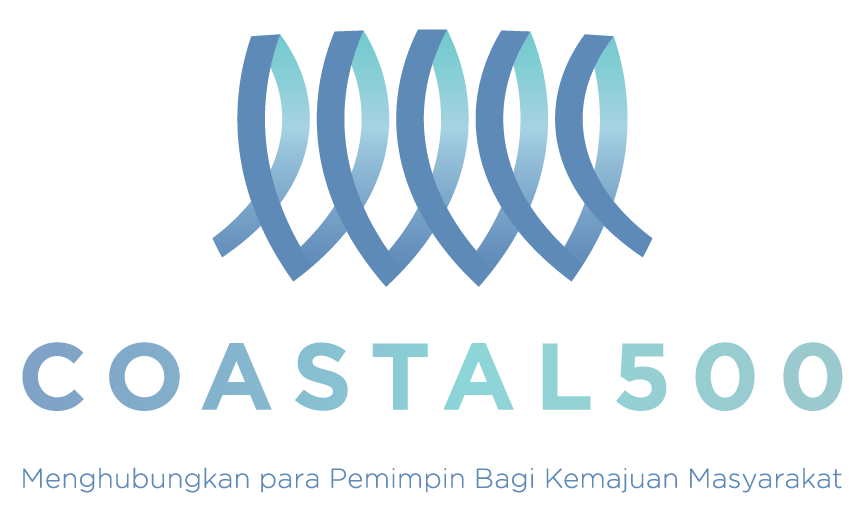 |
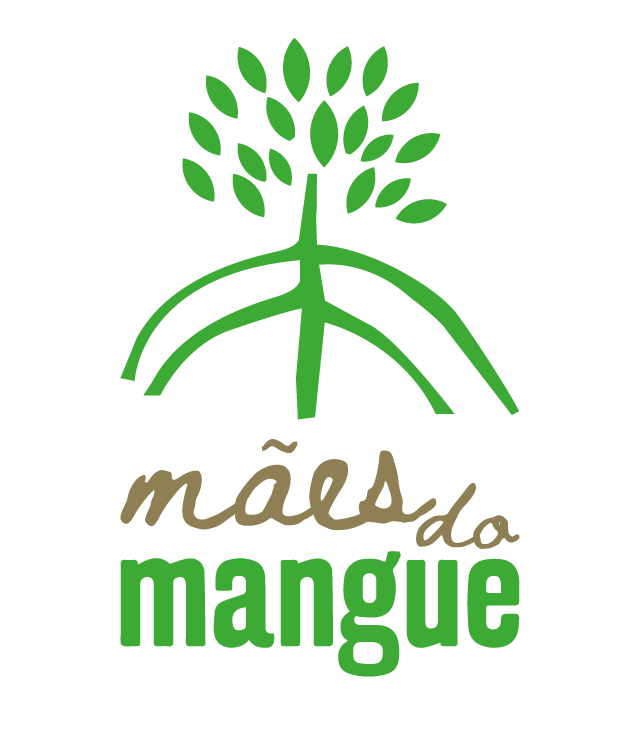 |
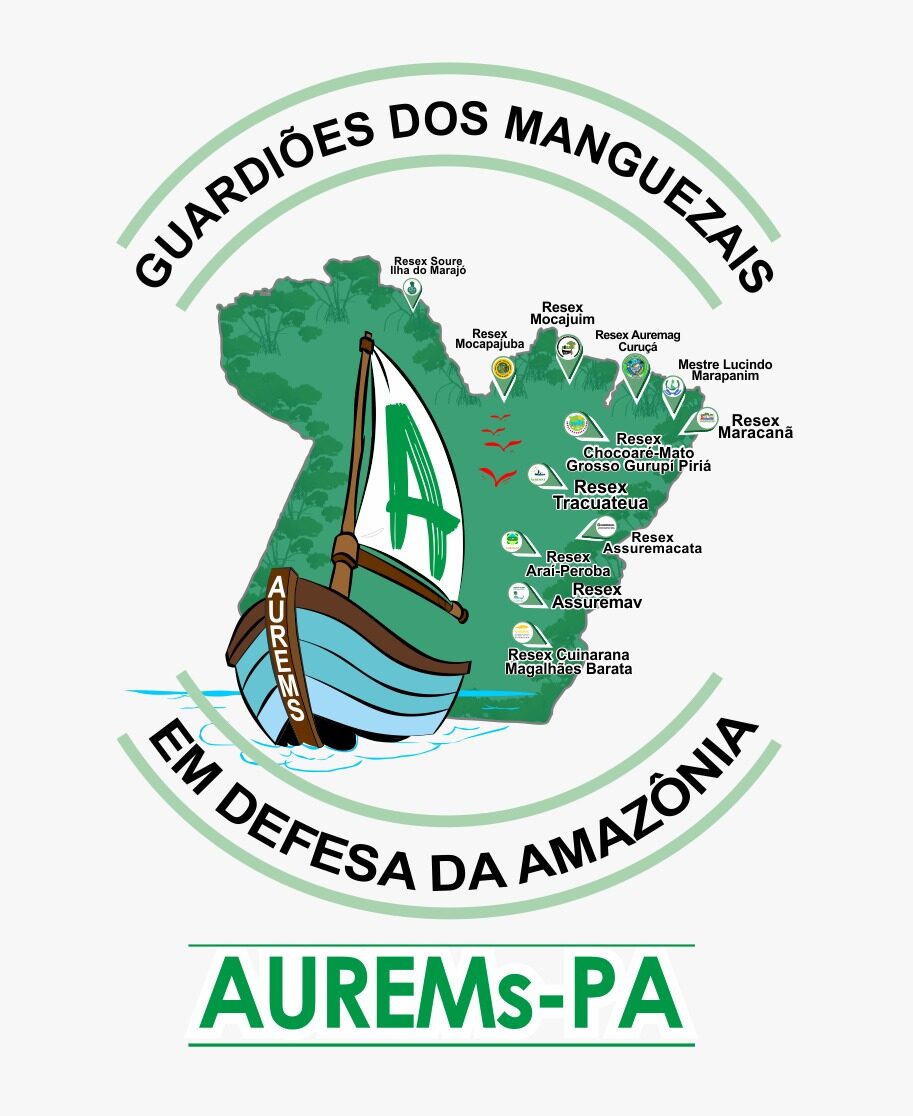 |
| What it is | A global network of mayors and other local leaders advocating for coastal communities and ecosystems. |
A network of over 630 women living within 14 marine extractive reserves (RESEX) along Brazil’s Amazon Coast working to strengthen women’s leadership in mangrove conservation and local climate adaptation strategies.
|
Formal associations of artisanal fishermen in Marine Extractive Reserves. |
| How it works |
|
|
|
People-Centered AI
People-Centered AI for Amazon Coastal Resilience
ARCA
Rare, LAPMAR, Accenture, ICMBio, SEMAS – Curuçá, Pará, Brazil


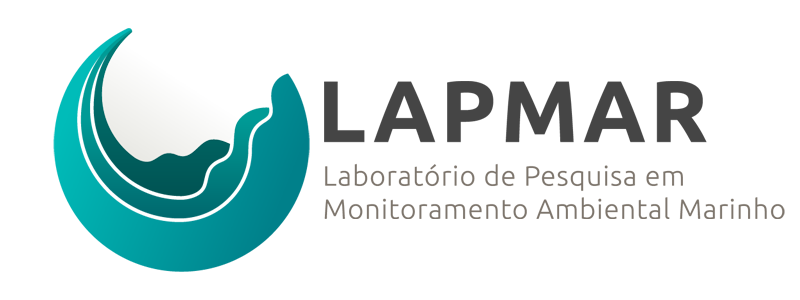
Building on the strength of locally led production systems, Rare and its partners are advancing a new frontier in climate adaptation. Along Brazil’s Amazon coast, tides and salinity are becoming increasingly unpredictable — damaging oyster farms, flooding homes, and putting small-scale fishers at risk. Yet local decision-makers often lack the data and tools needed to anticipate and respond to these shifts.
ARCA (Alliance for the Amazon Climate Resilience) responds to this challenge by combining artificial intelligence, low-cost monitoring, and community co-design to strengthen local adaptation capacity.
Led by Rare, in partnership with the Marine Environmental Monitoring Laboratory (LAPMAR/UFPA) and Accenture, ARCA uses sensor data, machine learning models, and large language models to translate complex predictions into accessible language and audio messages. We then provide daily forecasts tailored to specific river locations, helping fishers make informed decisions about when to harvest, and generating data that can support governments with long-term climate planning.
The pilot begins in Curuçá, where oyster farmers depend on healthy estuaries to sustain their livelihoods. The next phase expands to Soure, on Marajó Island, where the same system will inform fisheries governance and adaptation planning within Marine Extractive Reserves (RESEX). Together, these territories will form the foundation for a continuous coastal monitoring network across the Amazon region.
Goals
- Improve safety, productivity, and livelihoods for small-scale fishers and oyster farmers.
- Strengthen municipal capacity to design and implement localized Climate Action Plans.
- Establish a replicable, data-driven model for climate resilience across Brazil’s coastal and marine zones.
Strategic Relevance
ARCA brings Brazil’s climate governance to life from the ground up. At the municipal level, it supports the development of Local Climate Action and Adaptation Plans and the revision of municipal legislation through the Coastal500 Network, ensuring alignment between local frameworks and broader state and national policies. By equipping coastal municipalities with localized data and AI-powered tools, ARCA strengthens local governments’ ability to anticipate climate risks and integrate adaptation measures into territorial planning.
At the state level, ARCA operationalizes Pará’s State Policy on Climate Change (Lei 9.048/2020), the State Policy on Environmental and Climate Management (Lei 9.064/2020), and the State Plan for Environmental Adaptation by localizing their implementation along the coast through real-time data, participatory monitoring, and adaptive management within Marine Extractive Reserves. It also contributes to the State Strategy for Bioeconomy (PlanBio) by advancing a blue carbon approach that links mangrove conservation, sustainable fisheries, and low-carbon development.
At the national and global levels, ARCA supports the National Climate Plan (Plano Clima, 2025), the National Policy on Bioeconomy (Decreto 12.044/2024), and the ProManguezal Program (Decreto 12.045/2024), translating Brazil’s Nationally Determined Contribution (NDC) into territorial practice. By filling a critical gap in coastal climate monitoring, the initiative also advances the goals of the Paris Agreement, the Convention on Biological Diversity, and the Ramsar Convention on Wetlands—demonstrating that climate resilience begins in local territories and scales through collaboration, innovation, and shared governance.
Solutions
- Deploy low-cost, locally adapted sensors for tides, temperature, and salinity.
- Create the first low-cost continuous coastal monitoring system for the Amazon region.
- Integrate traditional ecological knowledge with scientific data to improve environmental monitoring and decision-making.
- Generate open, interoperable datasets to support Climate Action Plans.
- Engage municipal governments, RESEX councils, and community associations in co-designing monitoring protocols.
- Develop training materials and data governance standards for local institutions.
- Launch an AI-powered platform delivering voice-based tide and weather forecasts via WhatsApp, tailored for low-literacy and low-connectivity contexts.
Implementation Roadmap
The ARCA roadmap illustrates how the solution evolves from local pilots in Curuçá to a multi-state climate intelligence network along the Amazon coast.
Each wave represents a new level of integration between technology, traditional knowledge, and governance — scaling from community pilots to state-level systems that inform coastal management.
Timeline

2025
Pilot (Curuçá, Aquavila): Humanized messages delivering tide alerts to 15 families.

2026
Conversational AI (Curuçá): Real-time interaction via WhatsApp; inclusion of salinity and rainfall alerts; feedback loop with 2,980 families.

2027
Decision-Support Phase (State of Pará): Recommendations for RESEX management and integration with state adaptation policies; over 42,000 families reached.

2028
Territorial Governance AI (Amazon Coast): Expansion to Pará, Maranhão, and Amapá, delivering intelligence to more than 44,000 coastal families; integration with state and federal climate plans.
By 2028, ARCA will benefit over 44,000 coastal families across Pará and Maranhão, transforming local data into actionable insights for climate resilience and sustainable fisheries governance.
Infographic
Video
Follow us on social media
 |
|
@rare_brasil |
Rare Brasil |

